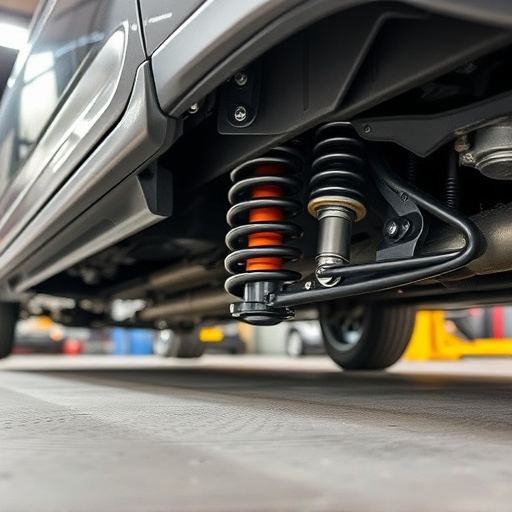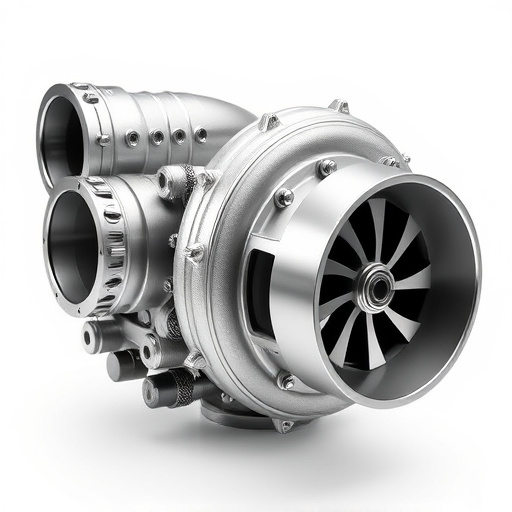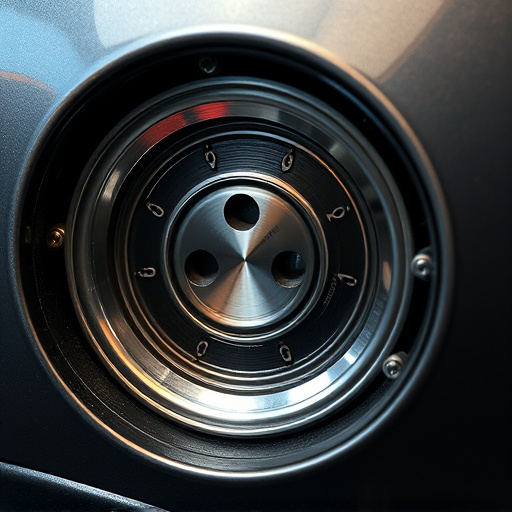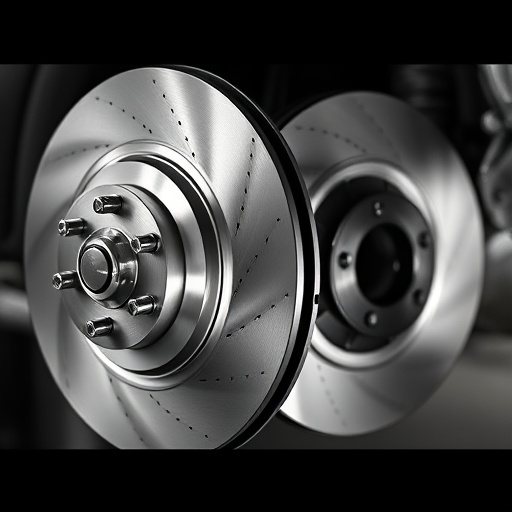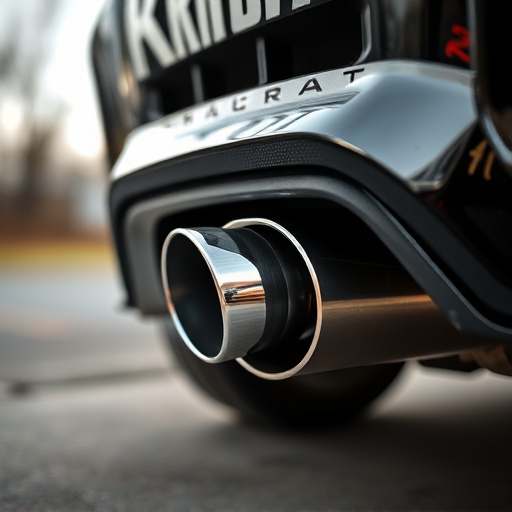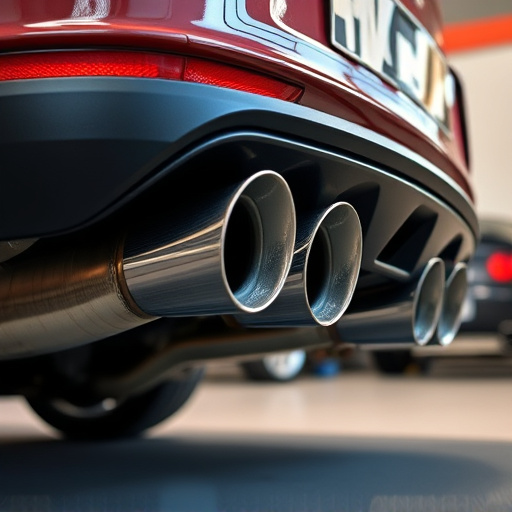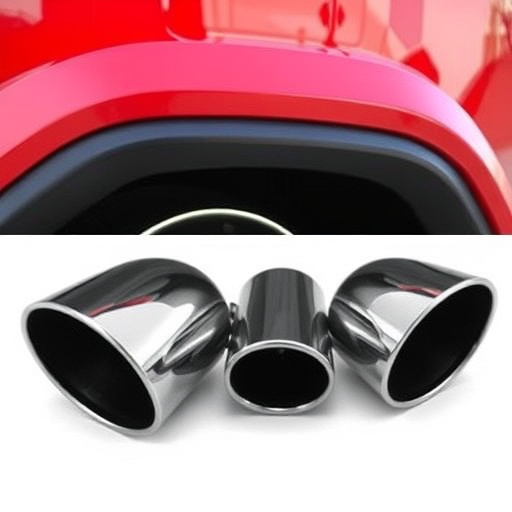Boost controllers are vital for turbocharged/supercharged cars, managing boost pressure through sensors for optimal performance and engine protection. Manual controllers offer purists direct tuning control but require skill; electronic controllers provide precise, real-time optimization based on parameters like temperature and load, enhancing throttle response and efficiency while catering to modified vehicles' needs.
As a new(a) (of ad) as) for a) on the 193, ‘s’,- ‘to’ and ‘u into the/d in the 3/3 in the past’.’ s) of, but not in a good, ‘nà c de d, ‘s’ in the 3.5, ‘on p’ (d)-, the-a- (s) from ad, “‘by their own c
- Understanding Boost Controllers: A Comprehensive Overview
- The Pros and Cons of Manual Boost Controllers
- Unlocking Efficiency: The Advantages of Electronic Boost Controllers
Understanding Boost Controllers: A Comprehensive Overview
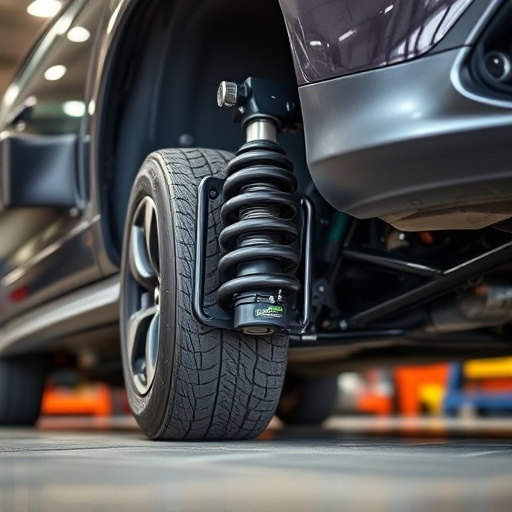
Boost controllers, also known as boost regulators or electronic control units (ECUs), are crucial components in vehicles equipped with turbocharged or supercharged engines. They play a pivotal role in managing and optimizing engine performance by controlling the amount of boost pressure delivered to the cylinders. This intricate process ensures the engine operates efficiently while maximizing power output.
A boost controller monitors various sensors, including manifold absolute pressure (MAP) sensors, to precisely regulate the flow of compressed air into the engine. It works in conjunction with the vehicle’s ECU to adjust the turbine speed and valve timing, thereby controlling boost levels. This dynamic regulation is essential for maintaining optimal performance across different driving conditions, especially during acceleration or high-speed maneuvers. By fine-tuning these parameters, boost controllers enhance throttle response, improve fuel efficiency (when tuned correctly), and can even contribute to longer engine life by preventing overboost situations, thus protecting critical intake components, exhaust tips, and exhaust mufflers.
The Pros and Cons of Manual Boost Controllers
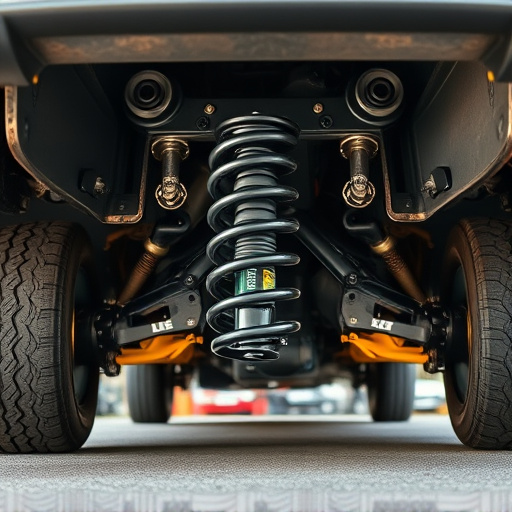
Paragraph 1:
Manual boost controllers offer a purist’s approach to vehicle performance tuning. They provide drivers with direct control over their turbocharger, allowing for precise adjustments during driving. This hands-on method lets enthusiasts feel deeply connected to their cars, as they manipulate the boost level based on real-time driving conditions. It’s a game-changer for those who love the thrill of fine-tuning their vehicles, especially when modifying exhaust systems and upgrading brake pads for better stopping power.
Paragraph 2:
However, manual controllers have their drawbacks. They require constant attention from the driver, demanding quick reflexes and precise timing to manage boost levels effectively. This can be challenging in fast-paced driving situations or for less experienced enthusiasts. Moreover, adjusting boost settings while driving may not always result in optimal vehicle performance, especially when compared to electronic systems that continuously monitor various factors. Nonetheless, for purists who prioritize the art of tuning over ease of use, manual boost controllers remain a preferred choice.
Unlocking Efficiency: The Advantages of Electronic Boost Controllers
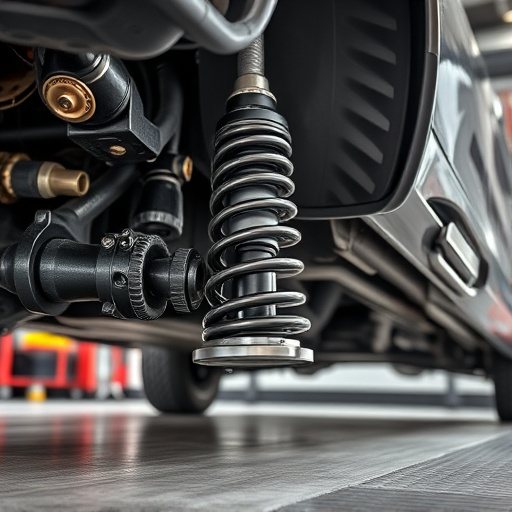
Electronic boost controllers offer a world of advantages when it comes to unlocking the full potential of your vehicle’s performance. Unlike manual counterparts, these advanced systems provide precise control over engine boost, allowing for a more tailored and efficient power delivery. By continuously monitoring various parameters such as air temperature, pressure, and engine load, electronic controllers can make split-second adjustments to ensure optimal fuel injection and turbocharger operation.
This real-time optimization translates into improved throttle response, smoother power delivery, and enhanced overall efficiency. Moreover, the ability to fine-tune boost levels allows drivers to customize their driving experience, whether it’s for everyday commuting or tracking purposes. While manual boost controllers rely on physical adjustments and may require more effort to manage, electronic systems offer convenience and precision, making them a popular choice among car enthusiasts looking to extract maximum performance from their vehicles, even when modifying critical components like brake rotors, suspension, or exhaust tips.
When choosing between manual and electronic boost controllers, the latter offers a more efficient and modern approach. Electronic boost controllers provide precise control, quick response times, and advanced features like programmable settings and data logging. While manual controllers are simpler and may be suitable for basic applications, their lack of adaptability limits their long-term benefits. In today’s world, where technology drives performance, electronic boost controllers stand as the superior choice, ensuring optimal engine performance and a smoother driving experience.
